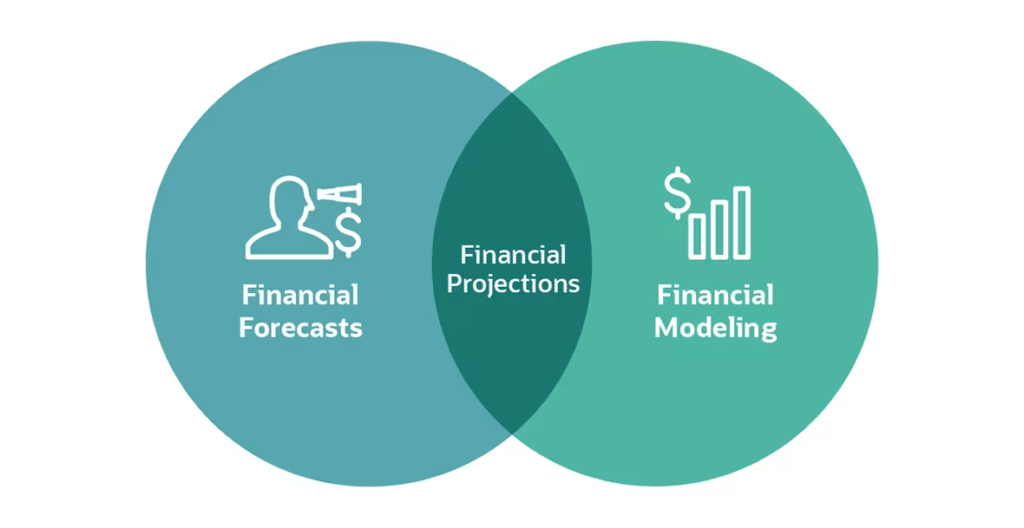A well-crafted business plan is the foundation of any successful venture. It serves as a roadmap, outlining your goals, strategies, and tactics for achieving business growth. In this comprehensive guide, we will walk you through the step-by-step process of writing an effective business plan. From conducting market research to defining your target audience, crafting a compelling executive summary to projecting financials, we will cover all the essential elements you need to consider. By the end, you will have the knowledge and confidence to create a business plan that sets you on the path to success.
Research and Analysis
1. Identifying your Purpose and Audience: Before you start writing your business plan, clearly define your purpose. Are you seeking funding, targeting potential partners, or looking for internal guidance? Understanding your audience will help tailor your plan accordingly.
2. Market Research: Conduct thorough market research to gain insights into your industry, competition, and target market. Analyze trends, consumer behavior, and demand to identify opportunities and challenges that may impact your business.
3. SWOT Analysis: Perform a SWOT (Strengths, Weaknesses, Opportunities, Threats) analysis to evaluate your business’s internal strengths and weaknesses, as well as external factors that could affect its success. This analysis will help you develop strategies to leverage strengths and overcome weaknesses.
Defining Your Business
1. Executive Summary: Craft a compelling executive summary that provides an overview of your business, its unique value proposition, and why it’s positioned for success. This section should grab the reader’s attention and entice them to continue reading.
2. Company Description: Describe your company’s mission, vision, and core values. Outline your products or services, target market, and competitive advantage. Paint a clear picture of your business and what sets it apart from the competition.
3. Organizational Structure: Detail your organizational structure, management team, and key personnel. Highlight their expertise and how their skills contribute to the overall success of the business.
Strategies and Implementation

1. Marketing and Sales Strategy: Outline your marketing and sales approach. Identify your target audience, analyze their needs and preferences, and explain how you will reach and engage them effectively. Describe your pricing strategy and distribution channels.
2. Product or Service Offering: Provide detailed information about your products or services. Highlight their unique features, benefits, and competitive advantages. Explain how they meet customers’ needs and differentiate your business Plan from competitors.
3. Operations and Logistics: Describe your operational processes, production methods, and logistics. Discuss your suppliers, inventory management, and quality control measures. Provide an overview of your facilities and equipment, if applicable.
Financial Projections

1. Sales Forecast: Develop a sales forecast based on market research and projected market share. Consider factors such as pricing, customer acquisition, and seasonality. Present your revenue projections for the coming years.
2. Expense Budget: Create a comprehensive expense budget that includes all operational costs, marketing expenses, salaries, and overheads. Ensure that your budget is realistic and aligned with your sales projections.
3. Cash Flow Statement: Prepare a cash flow statement that demonstrates your business’s ability to generate positive cash flow. Include information on cash inflows and outflows, highlighting any potential cash flow gaps and how you plan to address them.
Conclusion
Writing a business plan is a critical step in building a successful enterprise. By following the steps outlined in this guide, you can create a comprehensive and effective business plan that aligns with your goals and maximizes your chances of success. Remember, a well-written business plan not only serves as a roadmap for your business but also communicates your vision and potential to stakeholders, investors, and partners.
By conducting thorough research and analysis, you gain valuable insights into your industry, market trends, and competition. This knowledge helps you make informed decisions and identify unique opportunities to differentiate your business.
Defining your business in detail is crucial. Craft an engaging executive summary that showcases your business’s strengths, unique value proposition, and growth potential. Provide a clear description of your company, its mission, and its target market. Emphasize your competitive advantage and explain how your products or services meet customers’ needs.
Strategies and implementation are key components of your business plan. Develop a robust marketing and sales strategy that outlines your target audience, channels, and pricing. Highlight your product or service offerings and how they solve customers’ problems or fulfill their desires. Detail your operational processes, production methods, and logistics to ensure efficient and smooth operations.















